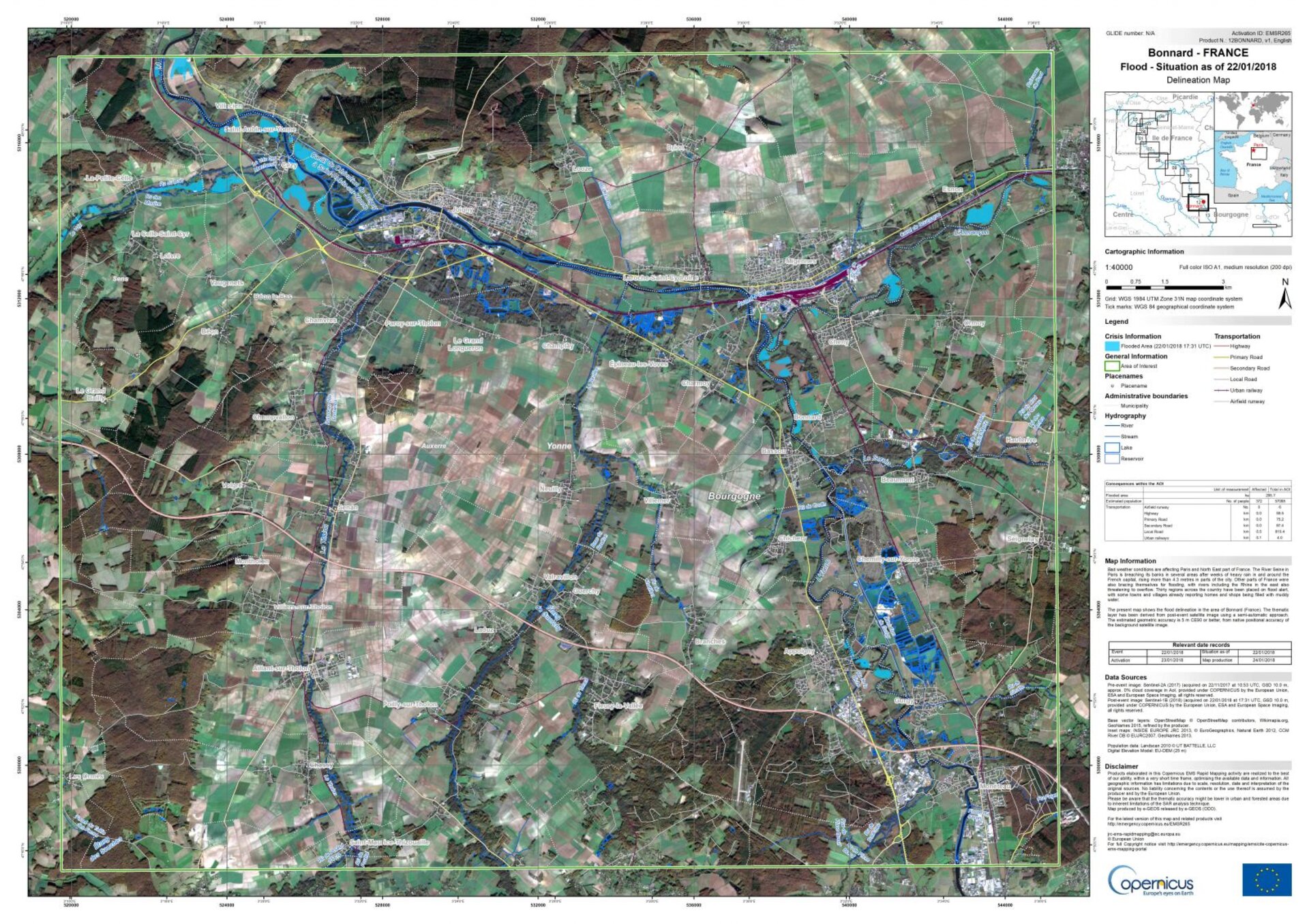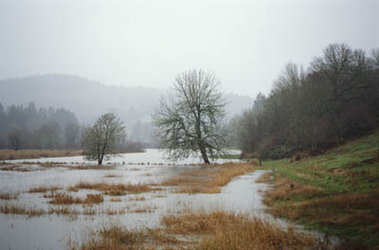Keeping the water out
Urban flooding is regularly on the news. Recent events in France and Germany are at the forefront in Western Europe, but there are many other examples all over the world. It has resulted in a greater than ever demand for enhanced flood resilience and preparedness in cities susceptible to flooding. As we celebrate World Wetlands Day on 2 February, let us focus on the importance of wetlands for cities and how ESA space technology can help preserve wetlands for a sustainable urban future.

In urban settings, wetlands provide essential features and functions to reduce floods by absorbing flood waters and storing heavy rainfalls. In addition, these water-rich natural areas can serve as green spaces, which are of key importance in cities for relaxation, physical activity but also provide valuable environmental benefits. Moreover, wetlands can help address the major issues of urban air quality by cooling and moisturising the air. They also play a key role in sustaining the biodiversity of ecosystems and improving the water quality.
Having taken effect in 1975, the Ramsar Convention for Wetlands “is an intergovernmental treaty that provides the framework for national action and international cooperation for the conservation and wise use of wetlands and their resources”. Through its Earth Observation Directorate, ESA is actively involved in the Ramsar Convention and has participated since 2016 as an observer in the multilateral agreement. All around the world there are now over 2000 sites that are protected under the Convention, including many around urban cities.

This year’s World Wetlands Day emphasises the key importance of the conservation of urban wetlands for sustainable cities. According to the World Bank, the global urban population rose from 45% in 1996 to 54% in 2016. As cities expand and demand for land increases, the tendency is to encroach on wetlands for settlements or agriculture, often with disastrous consequences, such as flooding.
At ESA, the series of GlobWetland projects, launched in 2003 in close collaboration with the Ramsar Secretariat, demonstrate the capabilities of Earth Observation (EO) applications to support the monitoring and assessment of wetlands eco-systems. The latest instalment, GlobWetland Africa, aims at providing African stakeholders with the necessary EO methods and tools to better fulfil their commitments and obligations towards the Ramsar Convention on Wetlands.
By integrating wetlands into urban planning of our future megacities and restoring old water reserve sites around current metropoles we can strive for the sustainable city of tomorrow. This fits nicely with the United Nations Sustainable Development Goals (SDGs), which promotes sustainable solutions on a range of topics. SDG11 specifically focuses on Sustainable Cities and communities. Throughout its programmes ESA fully supports the UN Sustainable Development Goals. More information can be found in this comprehensive catalogue.





